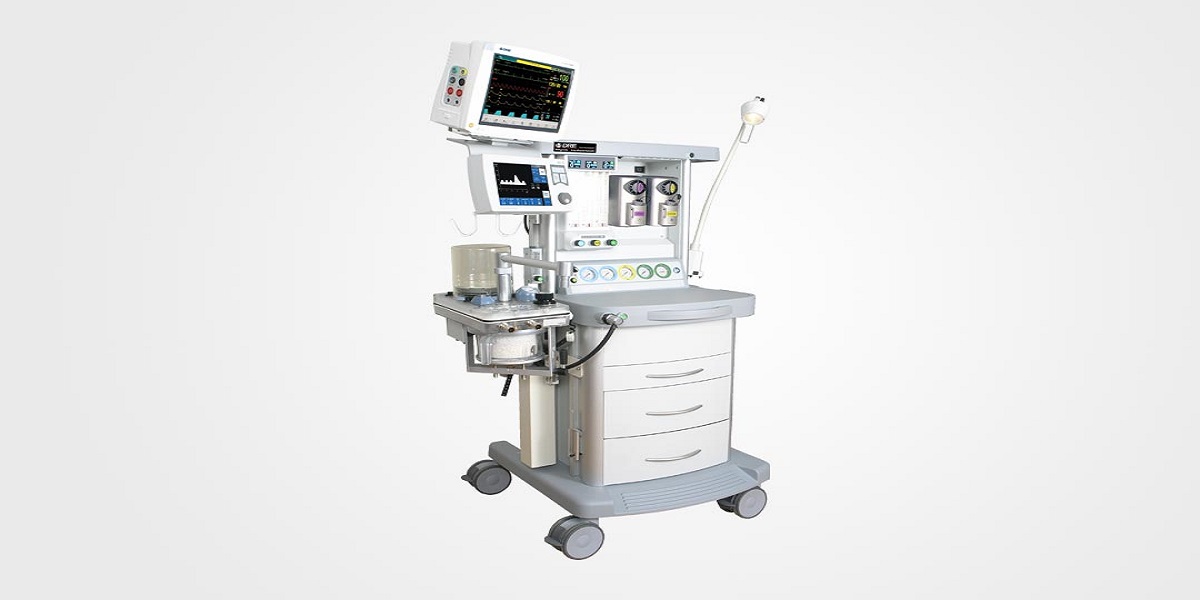
Guidelines for Disinfection of Anaesthesia Equipment in Operating Room Environment
Effective infection control and prevention protocols highly decrease the transmission of communicable diseases in all hospital settings. A major cause of clinical infections is the lack of consistent compliance by hospital workers with basic prevention techniques. Failure to follow the principles as well as ineffective equipment decontamination and site preparation has contributed to a rise in rates of surgical infections. Unsafe and improper reuse of needles, syringes, and devices, as well as the increase in multiple-drug resistant organisms, has also contributed to a rise in infections. These rates of morbidity have serious health implications for patients and cost facilities millions of dollars annually, adding urgency to the adherence to infection control practices.
Providers have an ethical duty to protect patients and prevent unnecessary harm. In life-threatening emergencies requiring immediate action, providers should weigh the relative risk to the patient life. Following emergency care, review all actions taken and intervene as appropriate to assure that all appropriate guidelines and standards are addressed as soon as possible. Medical providers shall document any deviations from these standards and state the reason for the deviation on the record. The clinicians should support patient safety through the use of evidence-based infection control practices. The purpose of these guidelines from hospital equipment supplier is to describe infection prevention to enhance awareness and reduce the risk of patients, and other healthcare providers transmitting and acquiring infections.
AUTOCLAVING: AN INEXPENSIVE AND NON-TOXIC METHOD OF STERILISATION
Steam sterilization is done by moist steam mostly in the type of saturated steam under very high pressure. It is a non-toxic method of sterilization for all items except those which are heat sensitive. Parameters of essential importance in steam sterilization are steam, pressure, and time. Rising the temperature of saturated steam decreases the time needed to bring about sterilization.
The items which are to be sterilized should be packaged in material easily penetrated by steam. When loading the autoclave one should take care not to crowd in the chamber so that all the surfaces get adequately exposed. Among many sterilizers available pre-vacuum sterilizers are mostly used.
The sterilization process for devices and hospital furniture can be monitored using mechanical and biological indicators. As per guidelines, each pack that undergoes a cycle should be monitored with chemical indicators (dots, labels, or ribbons) which should be placed at a location that is very complex to sterilize. Indicators which are standardized preparations of spores also need to be placed similarly. Though most authorities recognize indicators as being closest to the ideal ones to monitor the lethality of a particular sanitization process; the cost and the time required to detect these spores do not allow their use routinely.
CLEANING AND DECONTAMINATION OF THIS MEDICAL DEVICE IN SURGICAL ROOMS
Anaesthesia systems include machines, supply, and distribution systems. During this, patients have acquired viruses and pathogenic bacteria. Cleaning and disinfection are important components of infection control in this setup. Regulate disinfectants are used to reprocess water-treatment systems.
Noncritical surfaces should be disinfected unless the item is visibly contaminated with blood; in that case, an agent of dilution of a hypochlorite should be used. This procedure accomplishes many goals: it maintains an environment that is consistent with quality patient care. These Anaesthesia Equipment are disinfected with glutaraldehyde, heat pasteurization with citric acid, and chlorine-containing compounds. These systems usually are disinfected with chlorine-based disinfectants, aqueous formaldehyde, or peracetic acid. All products must be used according to the medical device manufacturers’ recommendations. Some systems use hot-water disinfection to control microbial contamination.
At its high point, these centers were reprocessing (i.e., reusing) for the same patient using high-level disinfection. However, one of the large organizations has decided to phase out reuse, by the percentage of facilities reprocessing systems had decreased as well. The two commonly used disinfectants to reprocess were peracetic acid and formaldehyde; most used peracetic acid and very less used formaldehyde to disinfect them. Another standard percentage of the facilities used either glutaraldehyde as well as heat pasteurization in combination with citric acid. Infection-control recommendations, including sterilization and the use of dedicated machines for HBsAg - positive patients, in the system setting were discussed in detail.
CONCLUSION
Thus, medical professionals are involved in the care of patients who harbor potential pathogens. In the surgical care settings requiring the expeditious performance of multiple and complex tasks and procedures, sterilization of equipment is often overlooked despite the adequate knowledge of nosocomial infection.
Therefore, there is a need to have proper guidelines for disinfection and sterilization of equipment in operating room environments as well as in intensive units. The recommendations should be strictly adhered to and monitoring of sterilization procedures done along with the hospital authorities, simultaneously protecting themselves by adhering to compliance.
Leave a Comment
© Copyright © 2024 gwsmed.com | GWS Surgicals LLP. All rights reserved.
| |




Comment (0)
No Comments Yet. Be the first one.